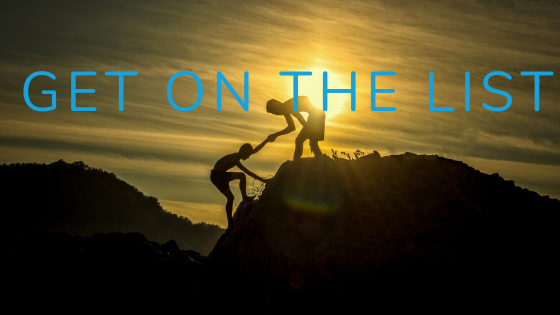— by Jonathan Dunnett
People matter.
People buy your products.
If you know your people (your customers/clients), you will win.
Does it matter if you’re B2C/D2C/B2B/B2G? Nope.
It’s about people… get it?
What does that mean?
Well, how well do you know your customers? How well do you know your clients? Yes, it’s good to know that Sally has two kids, Sue and Joe, and that she loves dogs, but… what else? What else do you know about her?
How does Sally makes decisions? What are her constraints? How can you ensure you position yourself the best to win each deal? Does she have outside pressures? Relationships with other suppliers that means she has to spread around the “love”?
Customer intelligence is about understanding these drivers and understanding the indicators that matter.
Talking to your customers and conducting regular discussions will help you understand both the macro trends - “How is our relationship and what does that look like over the next 6 months?” - and micro - “Did something happen last night that upset you that I should know about so I don’t comment on it and potentially upset our professional relationship?”. Both sides give you an advantage: you’re now closer to your customer.
Point-in-time measures, like win/loss analysis, can be a great mechanism, but don’t make it the only time you ever talk to your customers. Check out Ellen Naylor’s book on the topic.
But, isn’t the world on fire right now?
It sure feels like that, doesn’t it? Some businesses are up, some are down, and some are stuck in the middle. While it may feel like we’re going to take forever to get out of this, getting closer to your customers can give you a short term advantage, as well as long-term.
In the short-term, maybe you’ve already pivoted to other streams of income, or, you’re thinking about how to do that while not killing your brand equity. Or, maybe you’re just thinking about SURVIVAL. Ever hear of an oil company doing bus maintenance work or working for Uncle Ben’s? I hadn’t either, until I read this.
Don’t be afraid to try new things. I think this stands during COVID-19 and beyond. AirBNB has moved experiences online, Panera Bread is selling milk, Open Table is now booking your time slot at the grocery store: clearly, this is not what these organizations “do”, but, they are doing it.
I DON’T CARE ABOUT COVID
That’s quite possible, given your business. As I said, some businesses are up, some are easily adaptable to environmental changes, including pandemics. Yet, structurally, I want to show you, those that get closest to the customer will win.
Now, when we start talking about Haier, the $27B company, you might laugh and say, “that’s not relatable.” Stay with me…
Take me to Haier Ground
Did you know that Haier is actually 4,000 small businesses, with just 10-15 employees per business? In 2012, Haier CEO Zhang Ruimin issued midlevel managers an ultimatum: Choose to either be fired or become independent entrepreneurs. It was “the hardest decision” the CEO had ever made, but it was meant to transform the company from a few monolithic businesses into some 4,000 microenterprises, or MEs, most comprising just 10 to 15 employees. Early estimates indicate that Haier reduced its workforce by around 45% compared with its peak size, but it created new positions for more than 1.6 million.
Haier’s move allowed these MEs/small businesses to get closer to customers, created more autonomy, and allowed them to move quicker and get business done, showcasing that bureaucracy is not a requirement as you grow in overall headcount.
Stryke first
Yet another interesting example of putting customers at the centre of what they do is Stryker. Stryker has almost doubled its revenue in the last eight years, going from $8B to $15B.
I can hear you yelling at the screen… and it’s okay. Yes, your SME isn’t Stryker: but, what can you learn from them?
We don’t want to invent anything without iteration with our clinical customers.
Ask him how he’s done it—as we did at our recent Healthcare CEO Summit—and the answer is pretty simple: deals, each and every one, made with an intense focus on customers.
…innovation “can only be derived if you’re very, very closely collaborating with customers…
See a trend?
Being close to the customer gives you an UNFAIR advantage.
They have this whole sense of accountable businesses, and they’re very close to their customers. So when customers are changing, we see things early.
Wrapping up
Right now, you might be firefighting on the daily… and that’s okay. WHEN (not if) you can come up for air, think about the business you WANT to have. Might it involve some pain to get there? Absolutely. But, for those that are focused on being adaptable and are willing to answer the questions ‘What are the possibilities? Could we do things differently?’ are the businesses that are going to emerge tougher and ready to fight for the coming decade.
In the world of growth, market insights and customer intelligence go hand in hand.
Want to go deeper?
If you enjoyed this post, please share it with your contacts and networks. Thanks! Keep being awesome!


